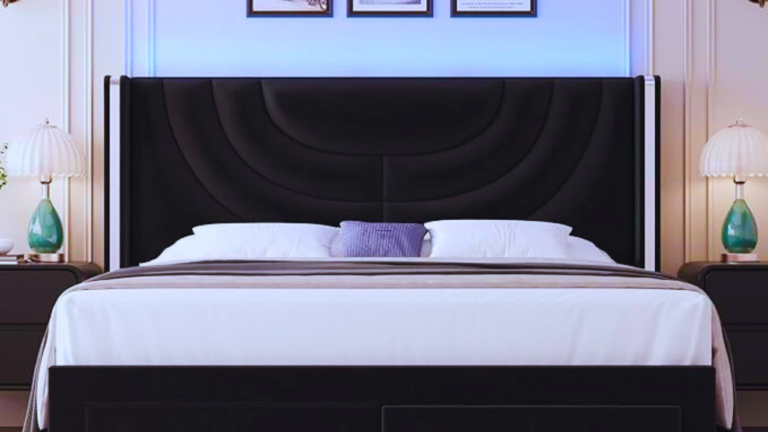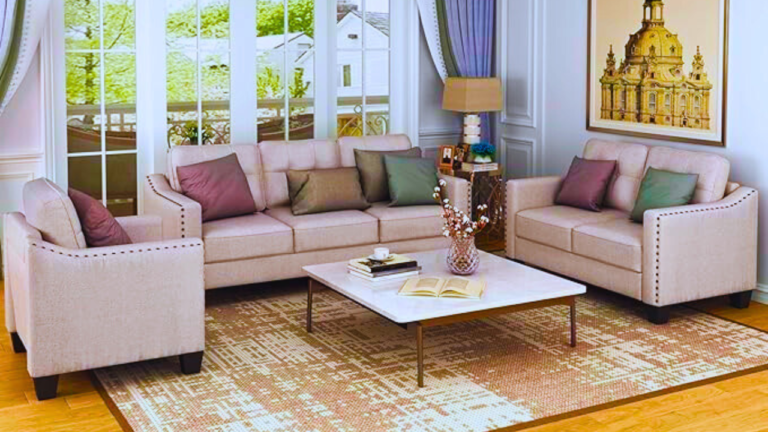Interior Design. Guide + Planner Review: The Ultimate Interior Design Resource for Your Perfect Home 100%
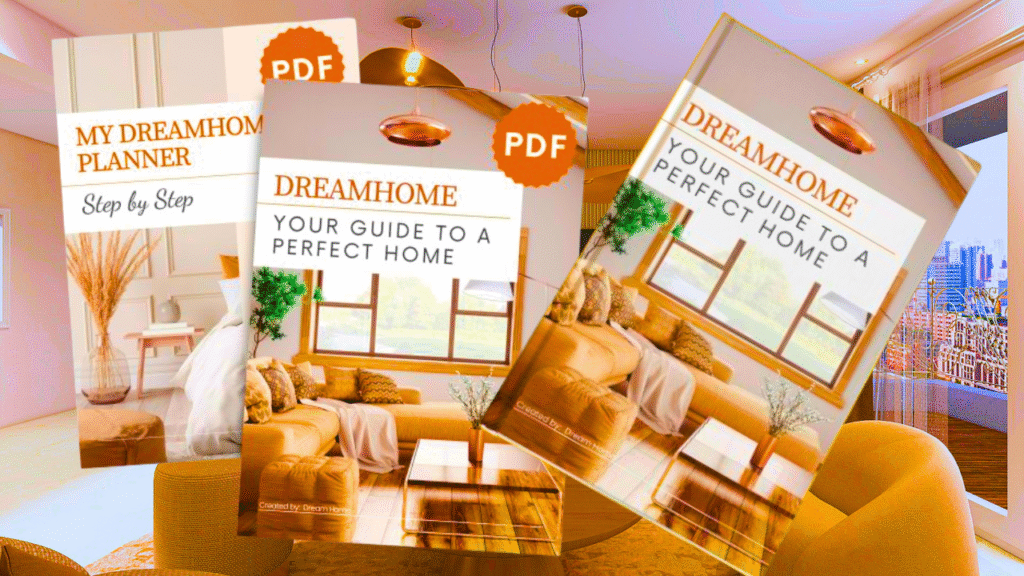
In the art of home transformations, there’s nothing better than providing a house with a home, no matter if you’re starting out new in a home or simply putting a fresh spin on a room you have lived in for years. But, after all those happenings, we know that the only constant will always be, amazing interior design. Here is where we introduce the amazing value add of the Dreamhome Guide + Planner, a digital resource aimed to help homeowners, renters, and wannabe designers better understand the science and art of interior styling.
More than 190 pages of rich content and downloadable planner, the Dreamhome Guide + Planner is beautifully presented, uniquely applicable and a great reference tool for anyone wanting to develop a stylish and functional living environment.
In the following post, we’ll show you the value of this book, articulate the four principles in the book, and explain five seasonally transformative outlines which come with your very own Dreamhome Guide + Planner, to help you design your dream home.
What is the Dreamhome Guide + Planner?
The Dreamhome Guide is an instant downloadable PDF eBook that is full of inspiration, guidance, and real-life applications to enhance your interior space. The eBook bridges the gap between the artistic and the practical aspects of interior design, so the information is useful for both novices grasping the basics boldly as well as seasoned decorators fostering a creative point of view.
What makes the Guide truly unique is its counterpart product: the Dreamhome Planner. The Dreamhome Planner is a 16-page printable PDF available in multiple sizes – A4, A5, US Letter, Half Letter sizes – and is perfect for hands-on planning, note taking, and visualization.
The pages include step-by-step instructions, beautiful illustrations, style breakdowns, color palettes, and more – all specifically designed to transform dreams into design!
The Importance of Interior Design
Interior design is more than just visual appeal. It is a way to create a space that fit your lifestyle needs, maintains functionality, and reflects your personality. Interior design can influence your mood, level of activity, quality of sleep, and even your level of socialization.
Investing in purposeful interior design work allows you to:
- Make the most of your space
- Enhance lighting and the comfort of the space
- Elevate productivity and mood
- Create continuity and flow throughout more than one room
- Maximize property value
The Dreamhome Guide brings these ideas to life through affordable and thoughtful resources for you to access and apply.
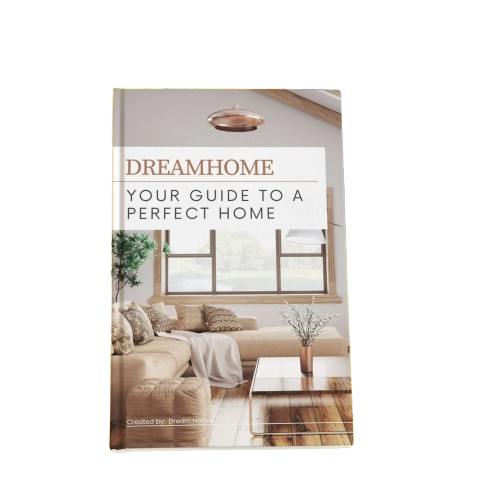
Discover how the Dreamhome Guide + Planner can help you master interior design with step-by-step advice, style guides, room plans, and budgeting tools — perfect for transforming any home beautifully and affordably.
5 Useful Frameworks from the Dreamhome Guide
Here are five strong frameworks from the book, and I will explain each framework so you can easily apply them to your interior design journey:
1. Foundation of Design Principles
The guide is built on a solid foundation of interior design principles. These are the guidelines that direct balance, contrast, harmony, and scale in a room.
The book illustrates how each concept is applied using:
- Balance (either symmetrical or asymmetrical)
- Rhythm (use of repeated elements to form flow in the space)
- Emphasis (your room may want to have a focal point)
- Scale and proportion (the need for furniture and decor to be appropriate to the space)
Understanding the basics is the first step toward designing your home that “feels right.”
2: Identifying Your Interior Design Style.
There are many styles for your home — minimalist, boho chic, light and airy, mid-century modern, eclectic, industrial, and farmhouse just to name a few — and this guide can help you find YOUR style in all of it!
With style quizzes, mood boards, and descriptive pieces to help you identify your personal aesthetic, you will finally know what style best represents YOU, while avoiding mixing styles too much — which can create a cluttered or chaotic space. Instead, this guide will show you how to:
- Choose a base style
- Use accents that blend well and complement your base style
- Stick with your base style and accents throughout your home
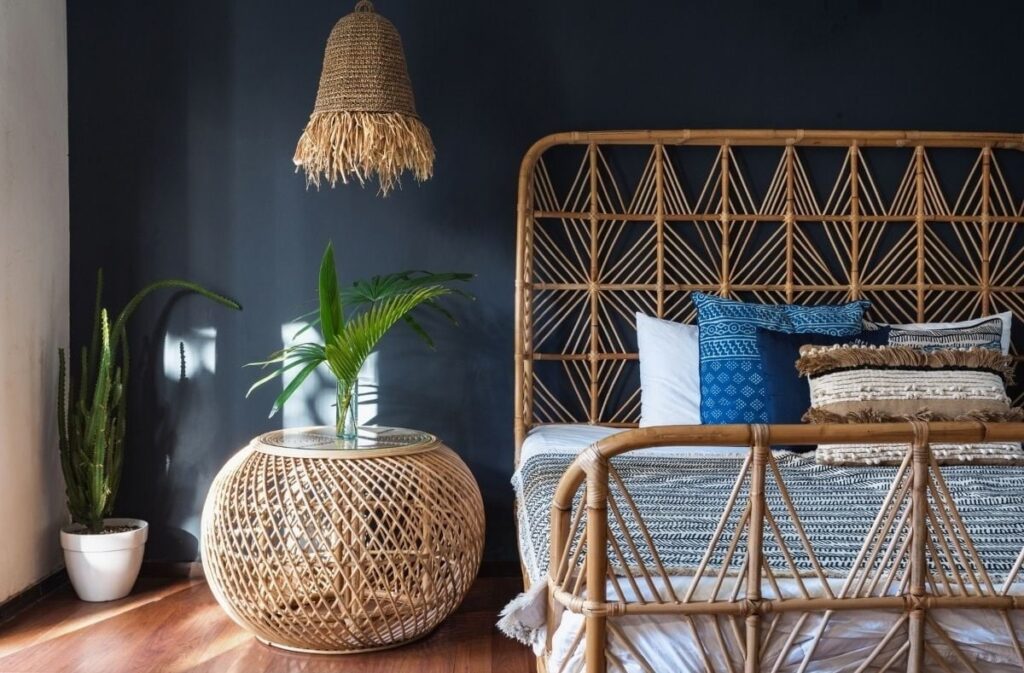
3: Room-by-Room Planning System
This interior design planner organizes the planning process by room — kitchen, living room, bedroom, bathroom, and on — so you can focus on each space, one room at a time, or one contained area in a room at a time.
Each room section contains a detailed assessment of how you will use the room:
Each room section will contain:
- Functional assessments (what you will use the room for)
- Space planning diagrams
- Lighting specifications
- Furniture layout suggestions
- Color matching suggestions, etc.
This planning framework will prevent a room from being forgotten and ensure that the space is beautiful and functional.
4: Color and Texture Expertise
As an interior designer, probably the most difficult part of my work is working with color and texture. Our guide breaks down color theory into easy-to-understand sections. It walks you through how to create color palettes that speak for your personal style and work with your existing furniture and lighting.
With helpful explanations of color wheels, finish examples (matte, gloss, and satin), and material pairings (wood and metal, linen and leather), our guide will help:
- Make color schemes that look cohesive
- Give warmth and layers of depth using textures
- Avoid tones that clash or patterns that are too busy
The guide also includes printable color palette templates to assist you in visualizing your colors together.
5: Budget and Planning Tools
Most people shy away from decorating their homes because they feel they cannot afford to do so. We want to eliminate this with our guide and provide you with templates, checklists, and cost estimators so that you can decorate within your budget.
The budgeting section will give you tips on:
- Where to splurge (ex: lighting, upholstery, etc)
- Where to save money (ex: accessories, wall art, etc)
- Ideas for DIY projects that you can do to save money
- Shopping guides and furniture sourcing
You can use our printable planner to track your spending and savings goals and a place to map out your purchases intelligently.
Why You Should Buy the Dreamhome Guide
This eBook + planner is unbelievably valuable. Whether you are designing a new home, making updates on a rental home, or completely enjoy the creative process, this guide will put you in the driver’s seat to make fantastic, fun choices confidently.
This is especially good for:
- New homeowners
- Renters making temporary updates in style
- Interior Design “hobbyists”

Final Thoughts
Great interior design doesn’t mean spending more money — it means spending your money smartly. With the Dreamhome Guide + Planner, you won’t have to hire a professional interior designer or spend countless hours on Pinterest guessing what will work for your space. It illustrates everything from principles to small details, enabling you to create a home that feels like you.
If you have ever wished to be in a space that feels like it should be in a magazine, warm, functional, and fully you — THIS is your starting point! This is another book that will be useful to you. The Self-Sufficient Backyard:


